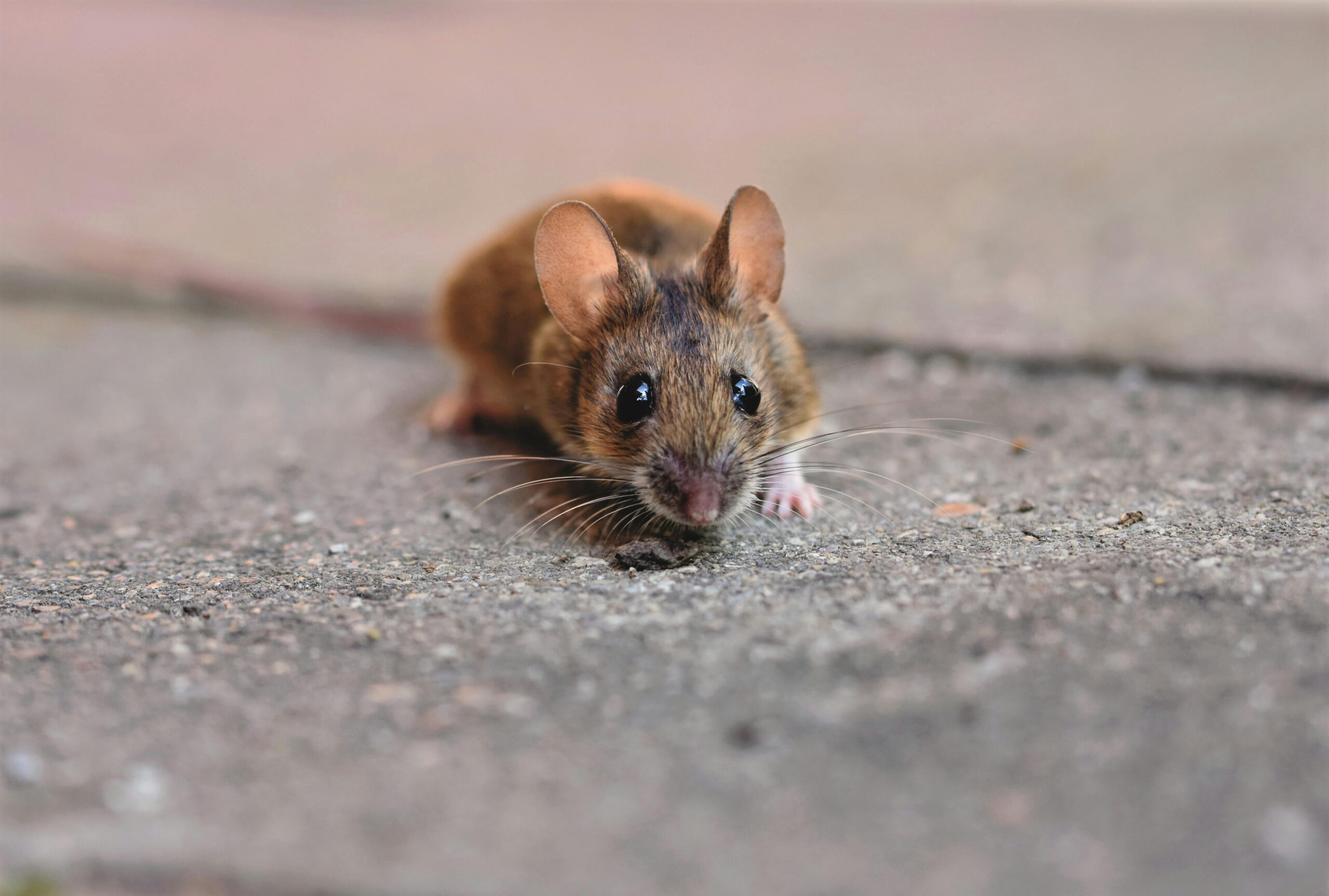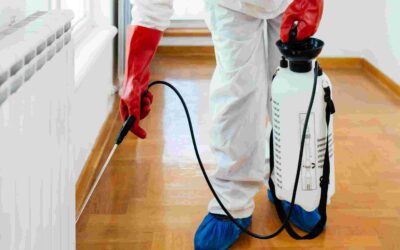
Problems that Overwintering Pests Cause
Overwintering pests can cause significant problems for homeowners, particularly during the colder months when these pests seek shelter inside warm spaces. From structural damage to health risks, overwintering pests create challenges that require proactive measures. Pests like rodents, spiders, cockroaches, and stink bugs are notorious for invading homes during winter. Addressing these issues early can save you from costly repairs and protect your family’s health. Here’s what you need to know about the problems overwintering pests can cause and how to prepare your home.
What Are Overwintering Pests?
Overwintering pests are insects and rodents that invade homes during the colder months to survive winter conditions. They typically enter through small cracks, open doors, or unsealed vents and remain dormant or semi-active until spring. Common examples include mice, rats, spiders, cockroaches, boxelder bugs, and stink bugs.
Unlike pests that thrive in summer, overwintering pests often look for long-term shelter, making your home their breeding ground and safe haven. If left unaddressed, their presence can escalate into larger infestations come spring. Understanding their behaviors and entry points is the first step toward effective pest control.
Structural Damage Caused by Overwintering Pests
Structural damage is one of the most common and costly problems caused by overwintering pests. Rodents, such as mice and rats, are notorious for chewing on wood, drywall, and even insulation to create nesting sites. This gnawing behavior often extends to electrical wiring, significantly increasing the risk of electrical fires.
Carpenter ants, though less active during winter, can still tunnel through wooden structures, weakening beams and compromising the integrity of your home. Additionally, boxelder bugs and stink bugs can infiltrate walls, where their waste and dead bodies accumulate, leading to unsightly stains and odors.
These pests also damage insulation, reducing its effectiveness and causing heating inefficiencies during winter. Left unchecked, such damage can lead to expensive repairs and higher utility bills.
Health Risks Associated with Overwintering Pests
Overwintering pests pose significant health risks to your family. Rodents are particularly dangerous, as they carry diseases such as hantavirus, leptospirosis, and salmonella. Their droppings and urine can contaminate surfaces, air ducts, and stored food, creating unsanitary living conditions.
Cockroaches are another common overwintering pest that can aggravate asthma and allergies, particularly in children and individuals with respiratory issues. They leave behind allergens and bacteria as they crawl through your home.
While spiders are less likely to spread diseases, some species, like the brown recluse, can deliver painful bites that require medical attention. Combined, these pests create an unhealthy indoor environment, making pest control essential for protecting your family’s well-being.
Contamination and Unpleasant Living Conditions
Beyond structural damage and health risks, overwintering pests create a host of unpleasant living conditions. Many pests leave droppings, shed skin, and waste behind, contaminating the areas they occupy. This can result in foul odors, stains on walls and ceilings, and an overall decrease in the comfort and cleanliness of your home.
Stink bugs, for example, release a pungent odor when threatened or crushed, which can linger and make rooms uninhabitable. Cockroaches often scuttle across food preparation areas, spreading bacteria and leaving behind filth that’s difficult to clean.
Infestations can quickly escalate, making your home feel more like a battleground than a place of relaxation. Regular inspections and proactive measures can help you avoid these issues before they become overwhelming.
How to Prevent Overwintering Pests
Preventing overwintering pests from taking over your home starts with identifying and addressing potential entry points. Here are some practical strategies:
1. Seal Cracks and Gaps
Inspect your home’s foundation, windows, and doors for cracks or openings. Use caulk, foam, or weather stripping to seal these entry points effectively. Don’t forget to check attic vents and crawl spaces.
2. Maintain Cleanliness
Cleanliness is one of the easiest and most effective deterrents. Store food in airtight containers, sweep floors regularly, and clean up spills immediately to avoid attracting pests.
3. Reduce Clutter
Overwintering pests love hiding in cluttered spaces like basements, attics, and storage areas. Organize these spaces to reduce hiding spots and make pest detection easier.
4. Control Moisture
Pests are drawn to damp environments. Fix leaky pipes, ensure proper ventilation, and use dehumidifiers in high-humidity areas like basements and crawl spaces.
5. Inspect Outdoor Areas
Pests often enter homes through external vegetation. Keep firewood stacked at least 20 feet away from your home and ensure bushes and trees don’t touch exterior walls.
6. Use Screens and Door Sweeps
Install fine mesh screens over vents and use door sweeps to block entry points at ground level. This prevents both large pests and insects from sneaking in.
Professional Solutions for Overwintering Pests
While DIY solutions can help, professional pest control services are often necessary for dealing with overwintering pests effectively. A pest control expert can assess your home for vulnerabilities, identify infestations, and apply targeted treatments to eliminate pests and prevent their returns.
Professionals can also offer customized prevention plans to address your home’s unique needs, ensuring long-term pest protection. Routine inspections and treatments are essential for maintaining a pest-free home year-round.
FAQ: Common Questions About Overwintering Pests
1. What is the most common overwintering pest?
Mice and rats are among the most common overwintering pests, along with cockroaches, stink bugs, and spiders.
2. Can overwintering pests cause lasting damage?
Yes, rodents can damage electrical wiring, insulation, and wooden structures, while insects like carpenter ants can weaken wood over time.
3. What signs indicate an overwintering pest infestation?
Common signs include droppings, chewed wires, foul odors, stained walls, and visible pest activity, particularly in basements, attics, or near food storage areas.
Protect Your Home from Overwintering Pests with Expert Help
Overwintering pests can cause serious problems, from structural damage to health risks, if not addressed promptly. Understanding their behavior and implementing preventive measures can help keep your home safe and comfortable during the colder months. However, professional pest control services are often the most reliable way to address infestations and ensure pests don’t return.
West Termite & Pest offers comprehensive pest control, termite control, and lawn care services across Arkansas and Oklahoma. With years of expertise and a commitment to customer satisfaction, we provide free consultations to identify and resolve pest issues efficiently. Contact us today to safeguard your home from overwintering pests!
Call your local West Termite location or fill out the form
on our contact page to schedule your inspection today!
More posts from West Termite, Pest & Lawn
Top 5 Spring Pests in Arkansas and How to Keep Them Out
Looking to protect your home this spring? Pest season in Arkansas starts as early as March, and if you’re not prepared, you could find yourself sharing your space with ants, termites, mosquitoes, spiders, or wasps. In this guide, we will cover the top five spring...
Spring Into Action: Preventing Termite Infestations in Arkansas Homes
Termite infestations are a serious concern for homeowners in Arkansas, especially during the spring when these pests become most active. Preventing termite infestations early can save you from expensive structural damage and long-term headaches. Termites thrive in the...
Early Spring Lawn Care Tips: How to Keep Your Arkansas Yard Healthy
A healthy lawn starts in early spring. If you want lush, green grass by summer, the groundwork begins as the weather warms and the soil softens. The right early spring lawn care routine is essential for homes in Arkansas, where fluctuating temperatures and humidity...



